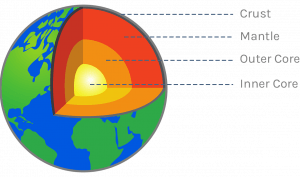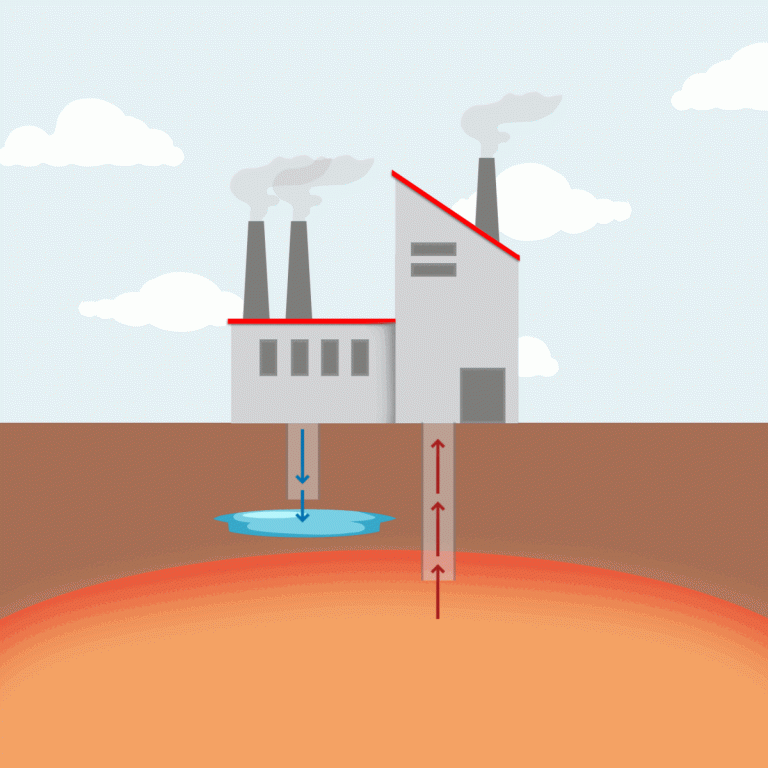Menu
GEOTHERMAL ENERGY
Geothermal energy is heat that exists within the earth’s crust. Geothermal is derived from the Greek words geo (earth) and thermal (heat). Because heat is constantly created inside the ground, geothermal energy is a renewable energy source. Geothermal heat is used for bathing, heating houses, and generating energy.
Geothermal energy has been used for cooking and heating in various places for thousands of years. Underground geothermal reservoirs of steam and heated water can be used to generate electricity as well as for heating and cooling.
The geothermal water has been utilized to help grow plants in greenhouses and to heat homes and businesses through district heating. It may also be used to melt snow by piping it beneath roadways.

To access geothermal resources, wells up to a mile deep or more are drilled into subsurface reservoirs. These resources can be derived from naturally occurring heat, rock, and water permeability, or from enhanced geothermal systems, which use a method called hydraulic stimulation to improve or produce geothermal resources. Natural or upgraded geothermal resources power turbines that power energy generators
Areas with strong temperature gradients are ideal for geothermal energy. These gradients can be found in locations damaged by recent volcanism, along plate boundaries (like the Pacific Ring of Fire), or in areas defined by thin crust (hot spots) like Yellowstone National Park and the Hawaiian Islands.

Impact of land use connected with exploration and plant building, noise and sight pollution, water and gas discharge, the formation of unpleasant odors, and soil subsidence are all environmental repercussions of geothermal development and power generation. The majority of these consequences, however, may be addressed with modern technology, resulting in geothermal energy having just a minor environmental impact.
Share this post
Search
SHARE ON SOCIAL MEDIA
If there is magic on this planet, it is contained in water.
